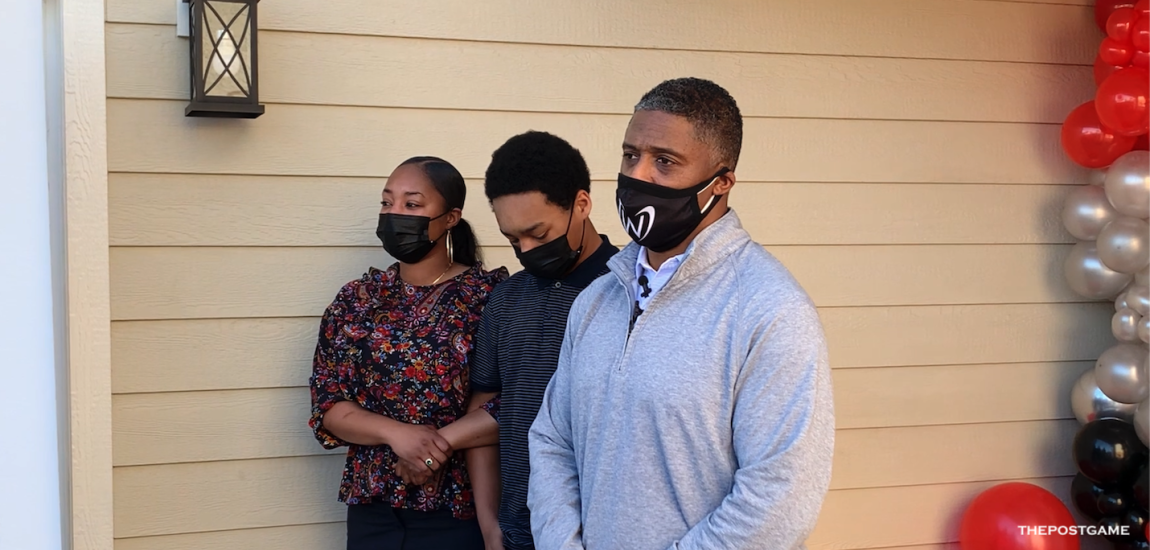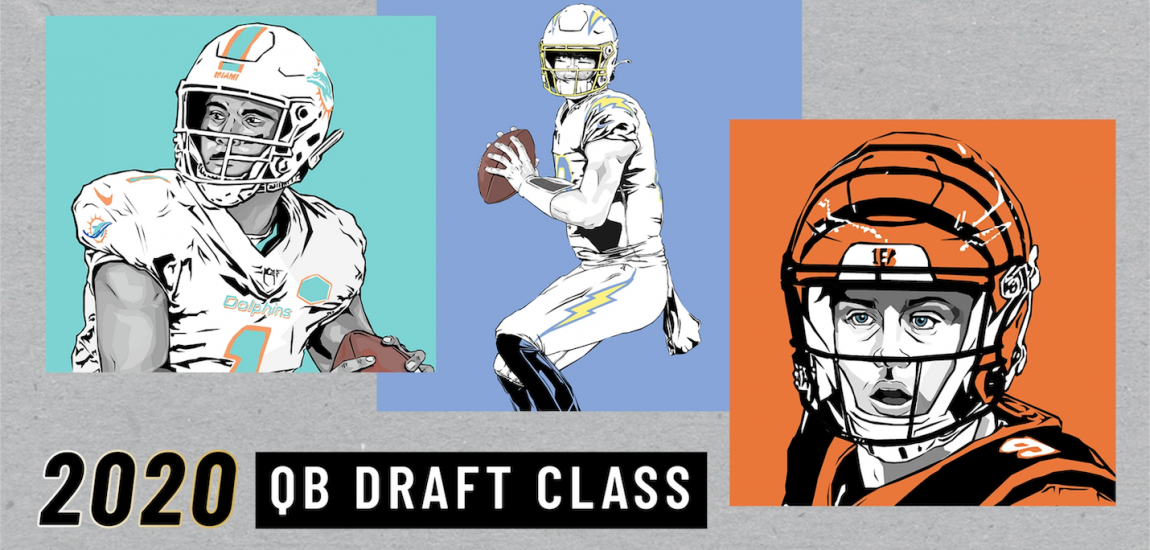December 23, 1972: Facing a fourth-down-and-10 with 22 seconds left in the game and no timeouts, the Pittsburgh Steelers trailed 7-6 against the Oakland Raiders in the divisional playoffs. Steelers head coach Chuck Knoll called a 66 Option play. The play was intended for receiver Barry Pearson, who was playing in his first NFL game. Quarterback Terry Bradshaw dropped back and was under heavy pressure from the Raiders defensive line and with the game on the line he had to chuck the ball up in the air. Bradshaw's pass went to the Raiders' 35-yard line intended for halfback John Fuqua when Fuqua was smacked by Oakland's Jack Tatum. The ball sailed backwards several yards when this miracle happened:
Franco Harris' catch and touchdown run gave the Steelers their first ever playoff win eventually and helped launch a dynasty that saw four Super Bowls in the 1970s.
A lot of people know about the play but don't realize the controversy around it. Only one official signaled touchdown while the others weren't sure. The critical question was: Whom did the football touch in the Fuqua/Tatum collision? If the ball bounced off only Oakland's Tatum, then it was a legal touch by Harris, but If it bounced off Pittsburgh's Fuqua without ever touching Tatum, then Harris's reception was illegal. The rule stated in the pertinent part that once an offensive player touches a pass, he is the only offensive player eligible to catch the pass.
Remember, there was no instant reply, but this play is considered to be the first-ever use of television replay. Referee Fred Swearingen ran over to a telephone to call NFL's supervisor of officials, Art McNally in the press box. After deliberation, the play was ruled a touchdown and the rest is history. You can slow the play down and it's still hard to tell:





